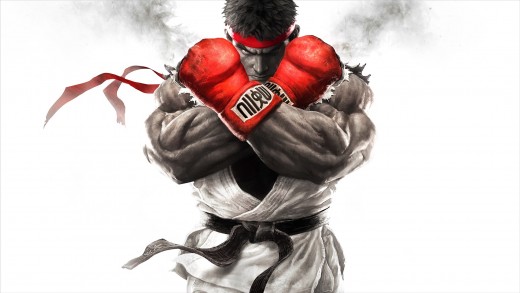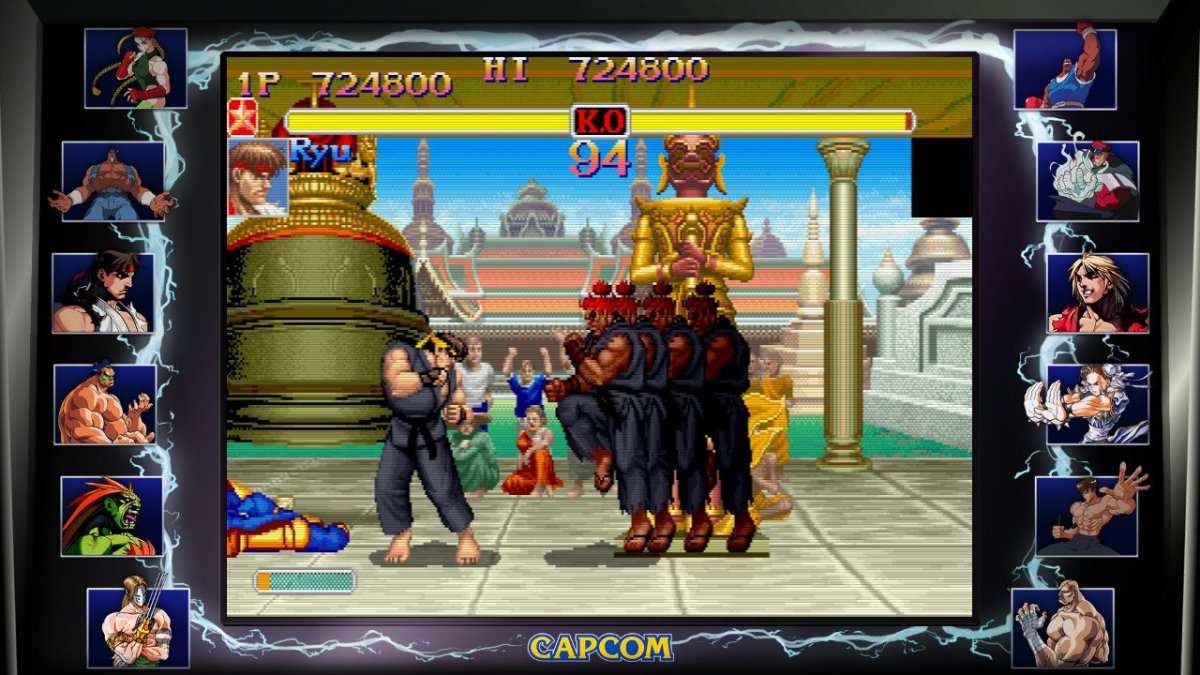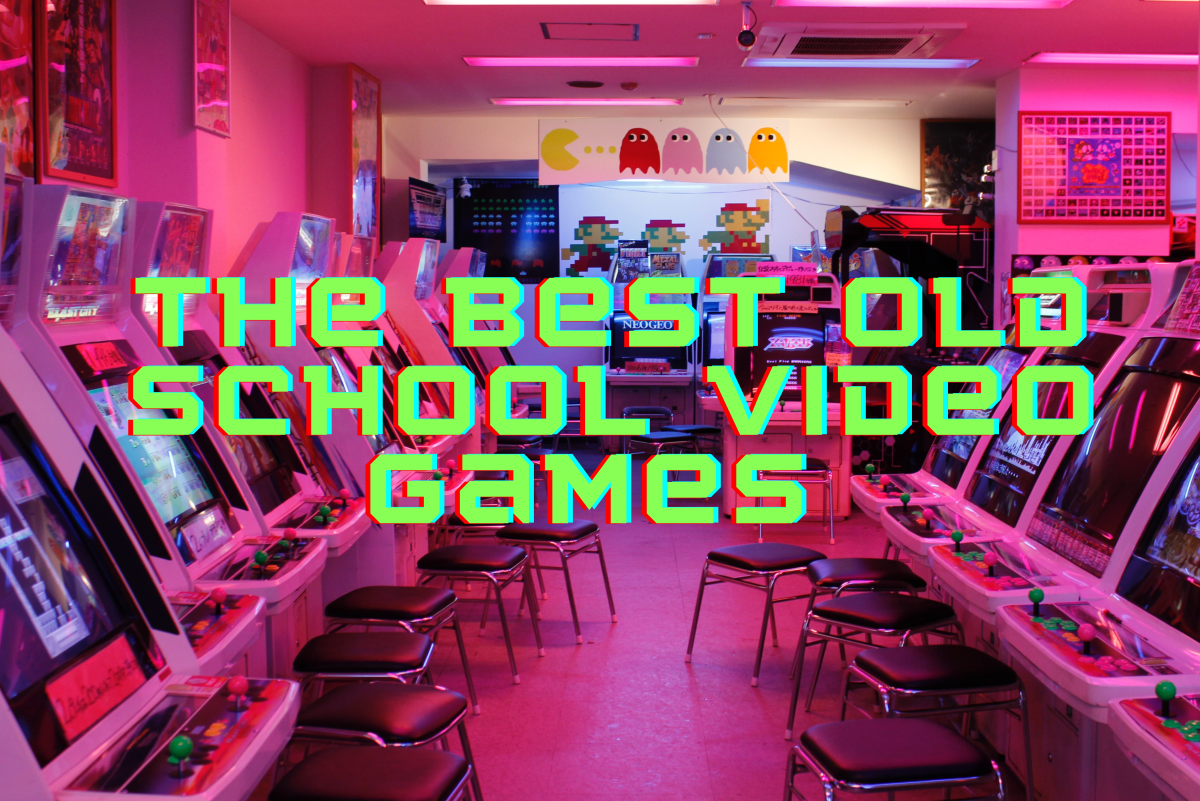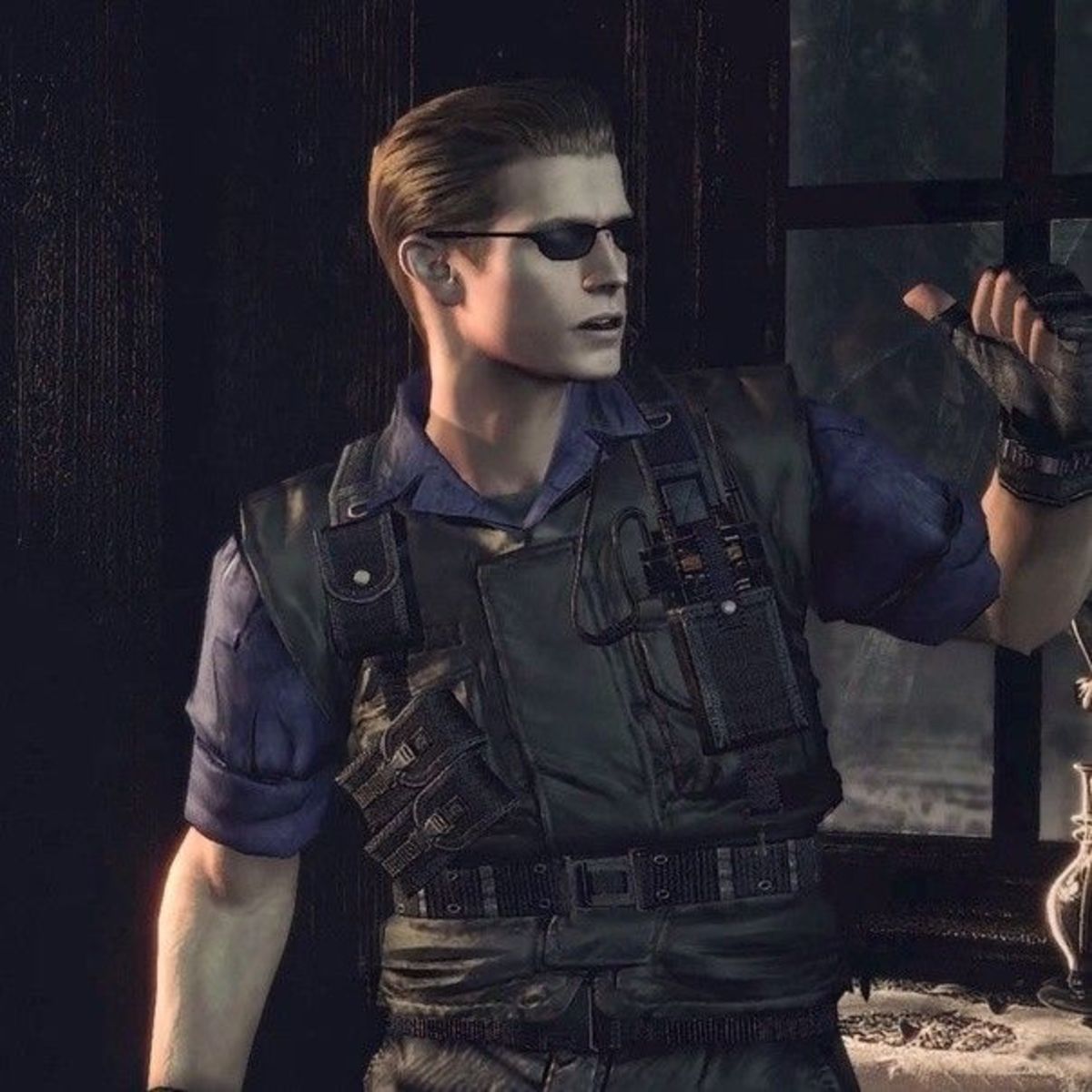The Art of Fighting Games
The icon of fighting games today, Ryu from Street Fighter.

The Dawn of a New Genre
Fighting games are a weird bunch, almost like an outlier to other gaming genres if you will. Who would have though that games about people beating each other up to a pulp would have such a passionate fan base? At face value, fighting games are just like any other genre of video game, fun and entertaining distractions that are played every so often. But past the surface lies depth and complexity not seen in any other genre. However we cannot talk about fighting games today with getting a concept of their origin, which is important to understanding their place in gaming. Let's travel back all the way to 1987, The release of Street Fighter 2. The first Street Fighter wasn't anything too special, in fact it is the worst entry in the series considered by many. It was a fighting game, but it wasn't a fighting game. Instead of intricate combos, the game consisted of stray hits to build damage on your opponent, which as you might have guessed, was very repetitive. The whole game felt awkward and buggy. You could only pick one character (Ryu) as the alternative (Ken) was exactly the same. Overall Street Fighter 1 was basically a Beat me Up, lacking any substantial depth. It's sequel, Street Fighter 2, was a MASSIVE improvement over the original. It consisted of 8 Playable fighters, including favorites such Dhalsim, Blanka, and M. Bison. This was never before seen in a fighting game, as 8 UNIQUE characters with differing playstyles and move sets was a huge leap from the measly 1-2 character roster of games before. But one small bug in the coding of the game changed history. It was discovered that the player could buffer inputs after doing a command, thus became the birth of combos, a modern fighting game staple. Street Fighter 2 on its own merits is a great game, but this tiny bug added a whole level to the gameplay. If one was skilled enough they could pull off massive strings of moves, making the whole game fast paced and intense. I would say it's a comparative difference almost like Checkers and Chess. Checkers is a relatively simple game. None of the player's pieces have any unique traits or characteristics making it a fun game to pick up. However this does not lead to a lot of depth in the game as there is only so much one can do with a dozen identical pieces. Chess on the other hand, is a very deep and complex game. There are 6 unique pieces or "characters" in chess with their own traits. In chess the goal is to take out the other player's King piece through planning and mind games. What is striking is how similar fighting games and chess are however. While your main goal at first is to defeat the other player, the real goal in both of these types of games is to limit the other player's options and capitalize on lack of said options. In fighting games there is a term called the "neutral" where one player has no situational advantage over each other. A player wins the neutral when they close some of their opponents options out. An easy example would be making someone back up into a corner in a fighting game is considered winning the neutral. A character with a good neutral game can constantly put pressure on the opponent making it scary to fight against. A similar piece can be found in chess as well, known as the Queen. The queen can maneuver around many situations and can apply tons pressure to the opponent, thus winning the neutral. The neutral is "reset" if no one has the advantage over one another. Now how does one win the neutral? Well, by minimizing the other opponent's options. Everything loops back to exposing the other player and keeping them "out" as I should say. The major difference between chess and a fighting game is how they win the neutral. Chess games aren't spontaneous. Setups and moves are planned out long ahead. A good chess player can predict their opponents actions and act a few moves ahead to disable said opponents actions. It's a game of critical thinking and reasonable predicting. Sure this can apply to fighting games too, but fighting games aren't spontaneous. Everything that happens in a fighting game happens right at the moment a button is pressed, with moves coming out in less then a second (more on this latter). What this results in is a game of constantly requiring the player to keep pressure on their opponent in the heat of the moment. This difference here truly separates other types of genres and fighting games: how FAST one adapts to a situation. Thus this affects all other aspects of gameplay, like how fast one wins the neutral, how fast one dodges, or how fast a combo can be performed. All these aspects combined make fighting games a reactionary high speed experience, valuing skill comparatively more than other genres, and creating countless communities of dedicated fans worldwide with this unique style of play.
Conveying A Visual Experience
So far what I have been talking about in terms of fighting games is their relation to the player, and the style these games function on. But what about the style of Fighting Games makes them fun? One word: Animation. Animation in it of itself isn't a unique or never before seen trait in fighting games, but it is an integral part to ANY fighting game experience. The main reason is the fact that for 90% of the time the player will only look at one thing: the characters. In other genres, such as platformers for example, the player character is only a means to invest the player into the game they are playing. The animations of the characters actions are likewise not that important as they aren't a focal part of the game. On the other hand, characters in a fighting game portray practically all the information the player needs to know in order to succeed. The camera on fighting games is usually fixed, focusing on what the characters do as opposed to what the rest of the game does. As such the animations of the characters have to be on or above par due to how much attention they receive from the player. And as any good animator would know, making fluid and crisp looking animations can be a difficult process. In fighting games, animations can't afford to be sloppy, because it's literally half the game. Every animation of a character has to match and fit the personality of said character. Uninteresting fighting games don't take the time to flesh out every character's unique traits and abilities, making for a bland experience. That's not to say that the game can't be fun, it's just harder to diversify a cast of characters that play or feel very similar, such as the original Mortal Kombat (however this was due to memory issues so they get a pass). A game series that greatly shows the personality of each and every fighter would be Street Fighter (another would be Smash Bros but that could be a whole article in it of itself). The premise of Street Fighter allows the game to have wildly different cast of playable fighters. In the world of Street Fighter, the greatest fighters around the world come to fight in a massive tournament for a variety of reasons. This simple yet effective premise allows the Street Fighter to have fun with what cultures it represents, while still respecting them and giving a twist at the same time. Ryu for example is the all around character, he has no big strengths or weaknesses and has the most standard moves in the game. A basic fireball, basic karate move, a basic uppercut move. Ryu may sound like the most bland character ever, until you realize Ryu has no gimmicks or tricks up his sleeve. He fights with honor and to better his own skills, and respects every Fighter he goes up against. As such Ryu's animations follow suit. He gives it his all in every attack and is always on alert, anticipating his opponent's every move. He follows the simple rule of easy to learn, hard to master, which makes him the perfect poster boy for Street Fighter in general. These simple variations turn a regular looking karate man into a warrior. So what's the point I'm trying to make? You know the phrase "a picture means 1000 words"? Fighting games are basically pictures in action. By that I mean they convey thousands of words or descriptors through animation, which is something I don't think other game genres can hold the title to as easily.
Heart and Soul
There is a reason people who play fighting games form a "bond" with the character they like to play. The character most likely reflects their own personality and is a projection of themself in the game. As I mentioned earlier, the only way the developer to convey their message is through the characters, and when the characters are literally the only sources of interaction on the screen, it's hard not to form a connection with said character. Some top level players in the FGC choose lower skill characters when they have the potential to do so much more. not to show off, but because they love the damn character. This topic of character loyalty is a high point of contention in the FGC. Why play a character that is significantly worse than what the player's skill set will allow him/her to do? The answer is simple. The passion. What astonishes most of all from the fighting game genre is how passionate it's players are, both in a technical and emotional aspect of the games they love to play. I have seen players count every frame of every move in a fighting game, to find the best strategies to succeed. I have seen people find advanced techniques or exploits to further their gameplay, to improve. People who play fighting games are constantly pushing themselves to get better, to discover stuff people haven't found before. As fighting games grow as an e-sport as well, it's easy to see how people love these games. Most of the fighting game communities we have today started out as nothing more than a series of close knit players who enjoyed the genre. An excellent example would be Super Smash Bros. Melee for the GameCube. While most competitive scenes of MOBAS, FPS's, and Fighting Games are encouraged by their creators, Melee for the most part was not. Melee's original intention from the game director Masahiro Sakurai, was a 4 player party game starring Nintendo's greatest characters. What resulted was a beautiful accident. The game was PERFECT to play competitively. It was frantic, fun, and most importantly, full of depth. However, this was not the case in the eyes of Sakurai or Nintendo. In fact it's sequel Super Smash Bros Brawl, was a direct response to Melee. The game was vastly unbalanced, required extremely patient gameplay, and was not aimed at the competitive community at all. Ever since it's inception, the Melee community has actively been ignored by both Nintendo and the FGC. This of course has gotten better over time, but more effort could surely be put into spreading the influence of Melee. But the most amazing part is how the Melee community had to deal with all this. Every insult, every missed tournament opportunity, every attempt from Nintendo to shut it down, yet Melee persevered. The players love for this game is filled with so much passion, it's not hard to see how Melee took off. Who would have thought a party game would become of the biggest esports of all time? This is just one example of how small communities can grow into huge followers because of the passion. The reason why fighting game communities even exist in the first is because of the players. They are the driving force and the heart and soul of their games.
The Future
Not much can be said for the future of fighting games other than the fact they will continue to grow due to their fun and competitive nature. With new titles, such as DBZ Fighters, and the upcoming installment of the Smash Brothers series, fighting game fans have a lot to look forward to.
HADOKEN!
Is spamming cheap?
© 2018 Luke Reynolds








